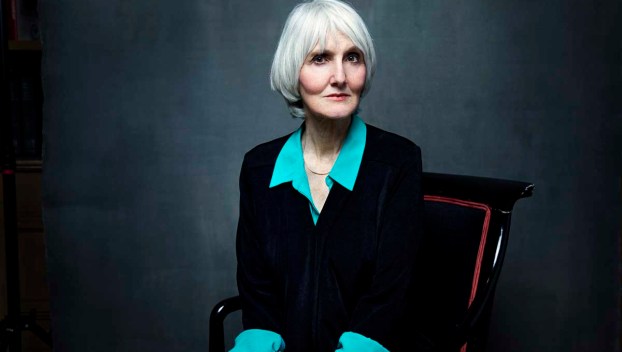
Uncategorized
Columbine killer’s mother: ‘The greatest mercy I could pray for was . . . for his death.’
It is a memoir of sheer terror, heartbreak and mystery, not because Dylan was some monster, but because ... Read more

It is a memoir of sheer terror, heartbreak and mystery, not because Dylan was some monster, but because ... Read more